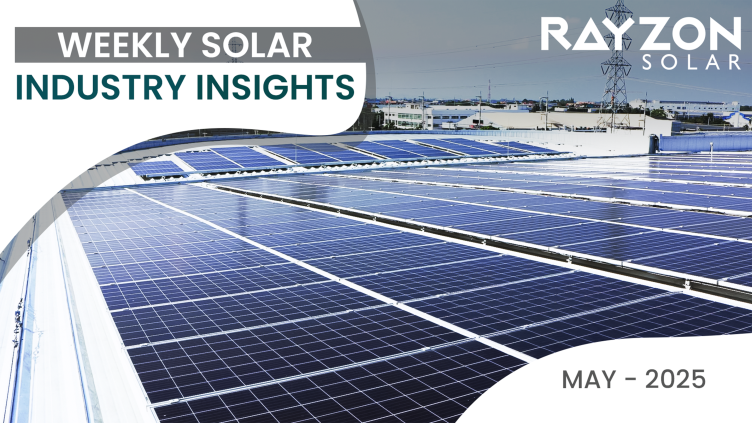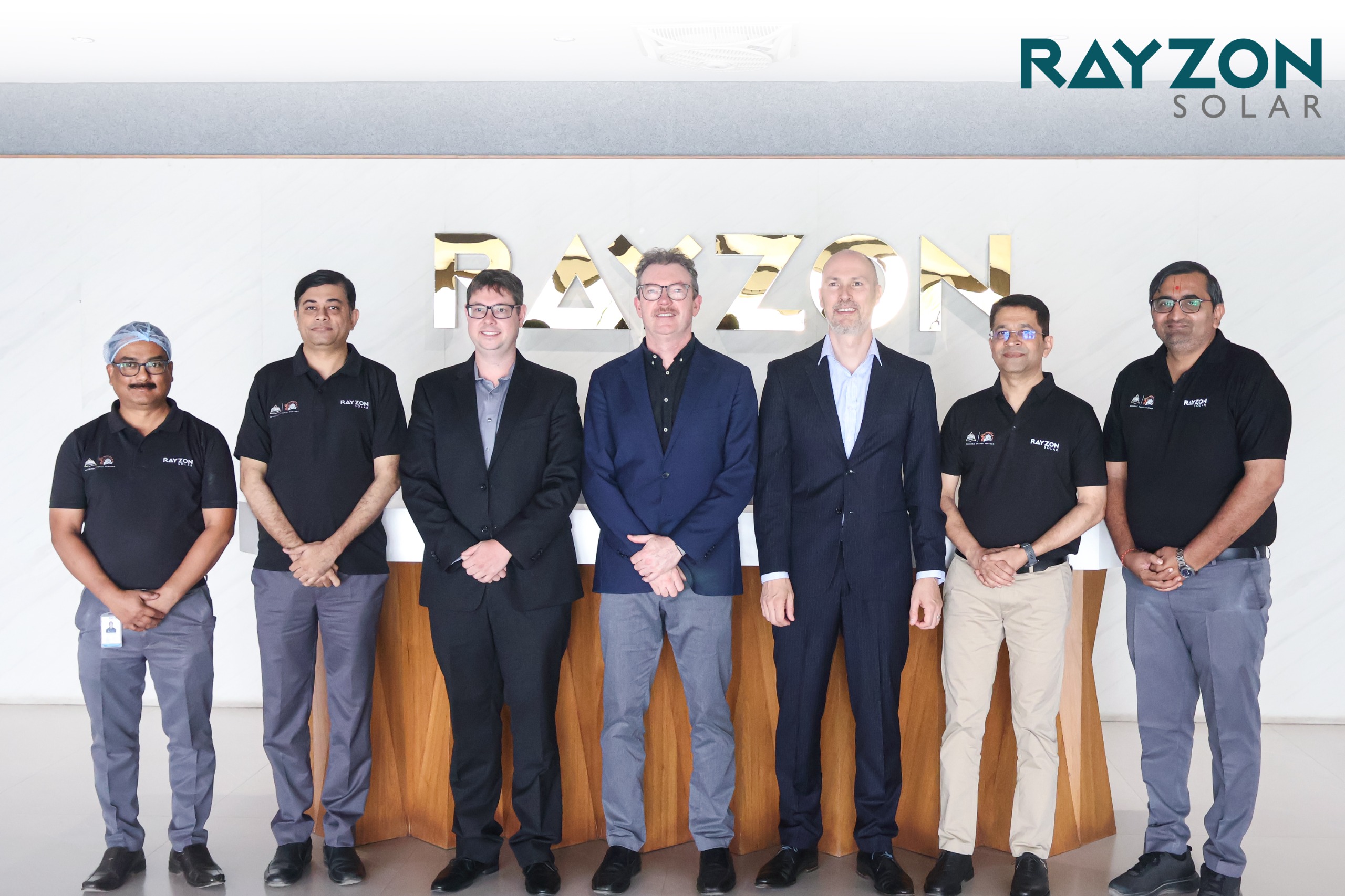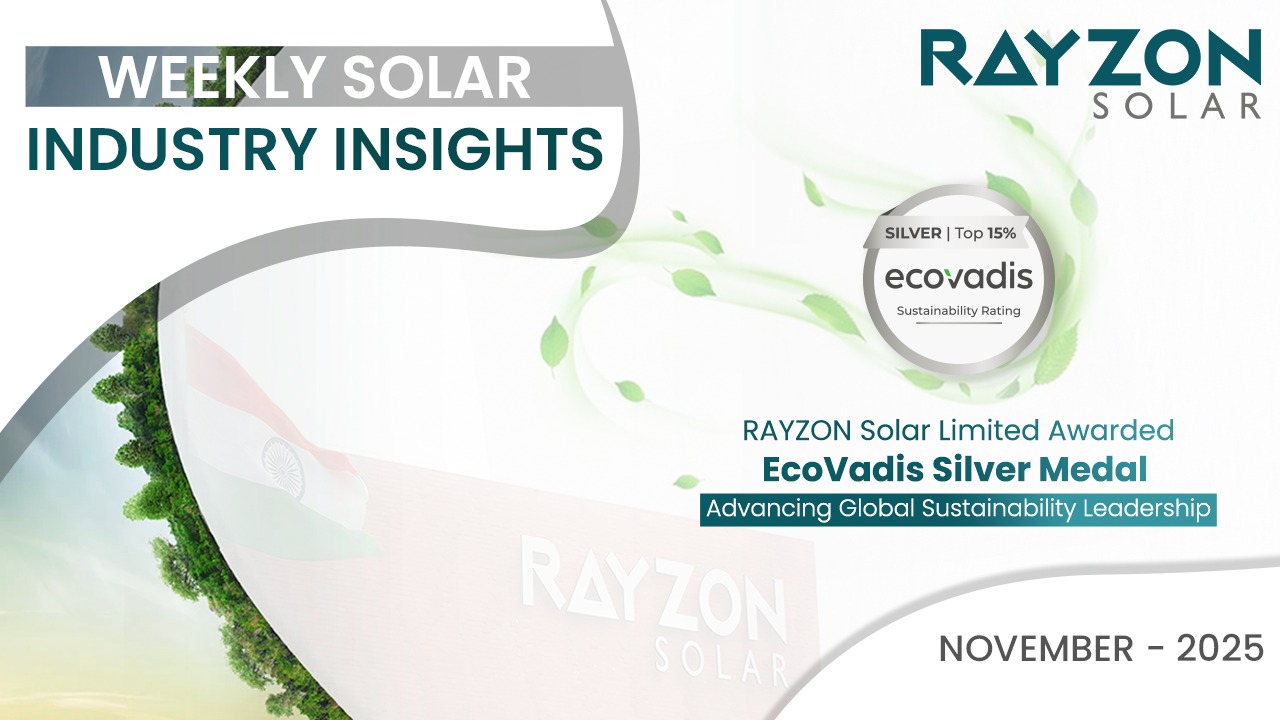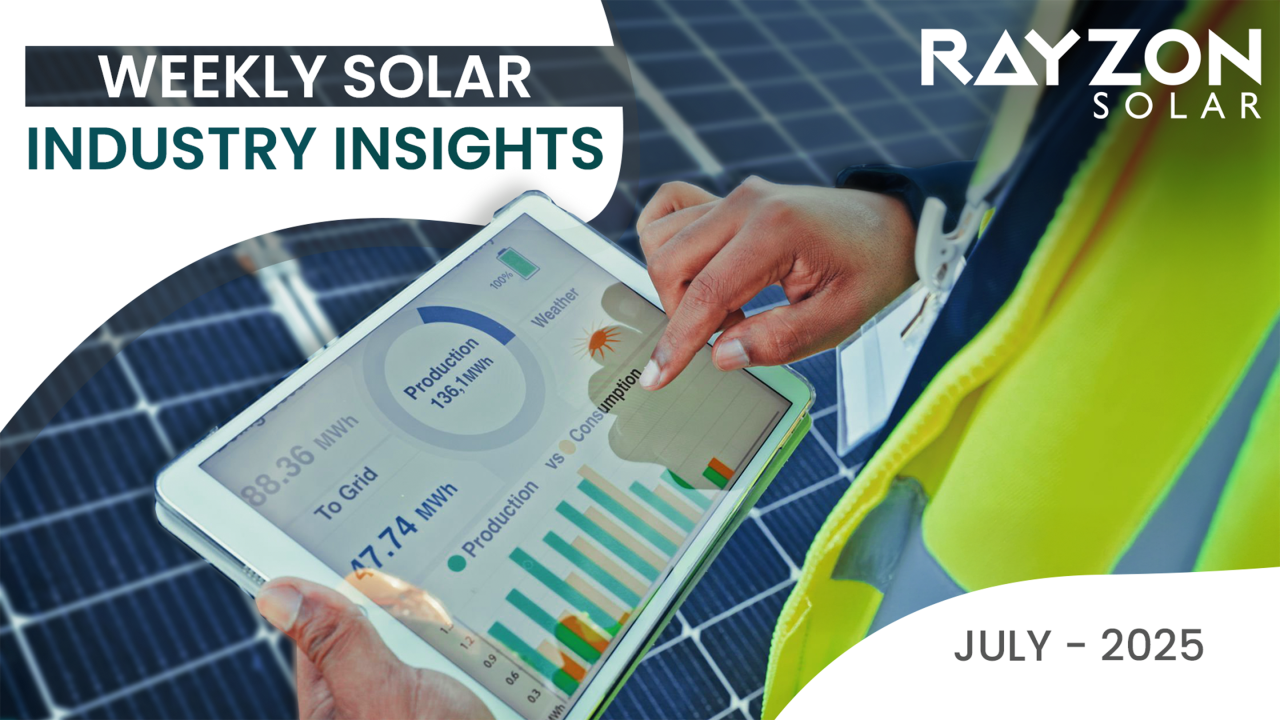
Weekly Solar Industry Insights: May 5th – May 11th, 2025
Trump Proposes Major Cuts to Clean Energy and Climate Programs
The Trump Administration’s 2026 budget proposal includes over $20 billion in cuts to clean energy and climate initiatives, slashing funds for renewable energy, EV programs, and climate research. Key reductions target the DOE’s Energy Efficiency and Renewable Energy division (cut by 74%), offshore wind, NOAA, EPA grants, and LIHEAP. The budget shifts focus to fossil fuels, nuclear energy, and national security, reflecting a broader rollback of environmental funding.
New Dashboard Tracks U.S. Renewable Energy Growth
Environment America launched a dashboard tracking renewable energy progress across all 50 states. From 2015 to 2024, U.S. solar grew nearly tenfold, wind doubled, battery storage hit 26 GW, and EVs rose to 3.3 million. States like California now generate 43% of power from clean sources. The shift also cut 1 million metric tons of harmful emissions.
Brazil Slows Solar Growth in 2025
Brazil will add 19.2 GW of solar power in 2025, slightly up from 18.9 GW in 2024. Growth is slowing due to grid delays and regulatory changes. Despite this, Brazil ranks sixth globally with 66.7 GW and may reach 107.6 GW by 2029.
Solar Cell Prices Decline, Production Shifts Globally
Solar cell prices dropped, with TOPCon M10 at $0.0362/W and Mono PERC M10 at $0.0382/W, due to weak demand and China’s 430 policy. Production in China is expected to decrease, especially for TOPCon M10, while TOPCon 210R cells gain market share. Global manufacturing hubs are expanding in the U.S., Malaysia, Laos, Indonesia, India, South Korea, Ethiopia, and the Middle East.
India’s Solar Manufacturing to Reach 160 GW by 2030
India's solar manufacturing capacity is set to grow, with modules reaching 160 GW and cells 120 GW by 2030, up from 80 GW and 15 GW in 2025. Wafer and polysilicon production will also expand significantly. This growth supports India’s renewable energy goals, aiming for 500 GW of non-fossil fuel capacity by 2030. With over 100 GW of installed solar capacity, India plans to add 200 GW in the next five years.
Global PV Installations to Reach 655 GW in 2025
SolarPower Europe forecasts global PV installations to hit 655 GW in 2025, a 10% increase from 2024. China will lead with 53% of new installations. The report highlights potential risks from trade conflicts and policy shifts in key markets, including the EU. Despite a predicted slowdown in 2026, the global PV market is expected to grow through 2029.
Malaysia Launches Rooftop Solar Aggregation Program
Malaysia's Ministry of Energy has introduced the Community Renewable Energy Aggregation Mechanism (CREAM), allowing homeowners to lease rooftop space for solar generation. The electricity produced will be sold within a 5 km radius to local consumers. Managed by Local Energy Generators and Aggregators (LEGA), the scheme supports Malaysia’s renewable energy targets, aiming for 40% renewable capacity by 2035. The program ensures grid stability through Tenaga Nasional Berhad (TNB) and is designed to remain cost-neutral for consumers.
Information Source: PV Magazine




